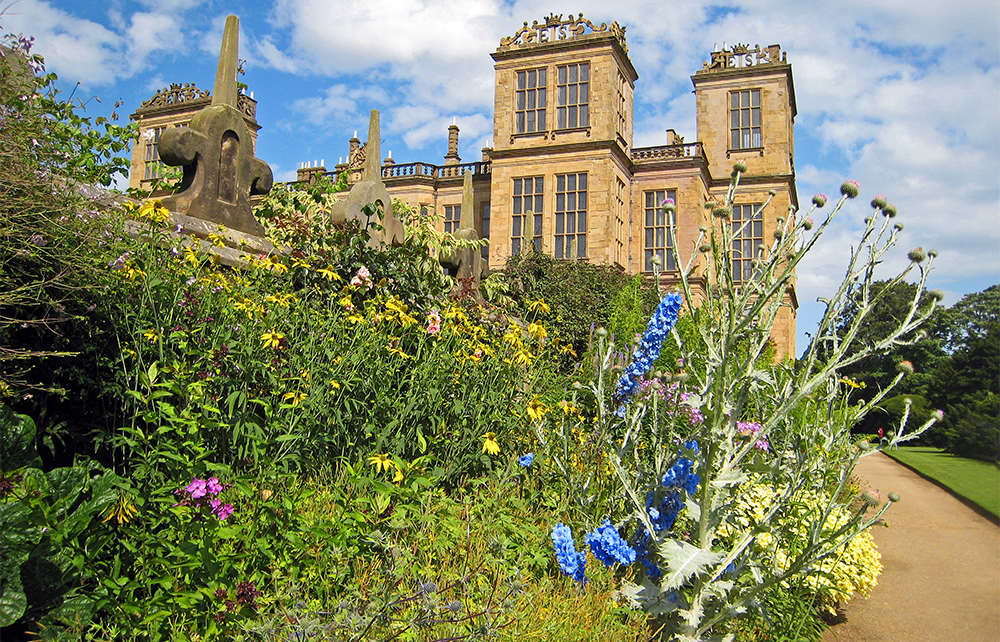Simon Jenkins has, over the years, assembled a winsome array of higher coffee-table books about the kind of building which welcomes National Trust mobility scooters and the beige brethren aboard them. This is a man who knows the cardigan market. And he knows his stuff, mostly. He subscribes to a version of the Great Man school of history, which casts the great man as an exigent client who believes himself the maker or author. But, sadly, the grim-faced Bess of Hardwick did not install the glazing herself. And another promoter ever anxious for an attribution, God Almighty, did not personally carve his supplicants’ chantries. It might be his house, but he delegated the design.
Such an exclusive approach to the buildings passed down to us is self-evidently devoted to the history of the atypical, of the exceptional, of archetypes which sowed ‘influence’ and were blithely ripped off, leaving a swathe of approximate ectypes in their wake. But approximation ought not to be considered a deprecation: the bogus, the sham, the factitious are no less ‘real’ for all their copyism. They are indeed the norm. There are, for instance, many more Edwardian baroque buildings than there are of their stylistic precursors created almost two centuries previously. Inauthenticity is not to be equated with mediocrity.
Jenkins’s approach is to treat flamboyant one-offs and magnificent set pieces as though they were the quotidian. Hence this book’s tendency to almost capsize beneath the weight of gaudy swank – the fruit of entitlement, slavery, guano and patent medicines. The common people have been eliminated, save when patronisingly provided with estates of tied dwellings by chocolate manufacturers or dealers in shoddy and mungo and – at long last – local authorities.
Jenkins’s Britain – and this might be anticipated from his previous works – grinds to a dispiriting halt somewhere between the two Boer wars. He describes Harrington Gardens in South Kensington as ‘the extremity of late Victorian individualism’ and adds: ‘I know of no street like it anywhere in the world.’ Really? Has he never been to Brussels’s suburbs or mooched about Knutsford?
One wonders what he actually sees. And whether what he sees is determined by what he has read in such assiduous preparation for seeing that it hampers his seeing. Has he actually looked at The Salutation, which he considers to be Edwin Lutyens’s ‘masterpiece’, or is this a genteel tease of the architect’s fans. He reads buildings themselves as if they are literary devices. And he reads about them. He responds with acuity to the verbal, but is slow off the mark with the visual. He pays too much attention to architects’ sermons and special pleading and too little to their three-dimensional feats. Received ideas disguised as visions are indigestible.
His affection for late-19th-century eclecticism is countered by a massive distaste for ‘the stylistic thundercloud of modernism’ only a couple of decades later. He gets off to a dubious start: ‘A feature of European architecture in the 20th century was a growing sense of internationalism.’ That might be said of any century. The gothic was international. So were dolmens, neo-classicism, doric columns, diocletian windows, cyclopean masonry, banded rustication, compressed mud, decorative beams, oeil de boeuf windows and art nouveau (though not in Protestant Britain). Architecture was something that migrants carried in their heads across continents, along with various notions of amulets, rites and groves. The more deeply embedded and stubborn our ignorance, the greater the number of subscribers God, Allah and all the other claimants to Abrahamic supremacy enjoy.
Jenkins continues his well-worn diatribe with, of course, the obligatory fulmination against Le Corbusier and his internationalist acolytes. This is a wayward charge sheet which we have heard before, over and over, often. Another habit which recurs throughout Jenkins’s oeuvre is his omission of structures which do not meet his approval. His ignoral often teeters on the brink of ignorance as a form of antipathy: the greatest neo-classical church in England is, without apology, absent. We are inclined to imagine a short history of British literature which omits Stevenson and Kipling.







Comments